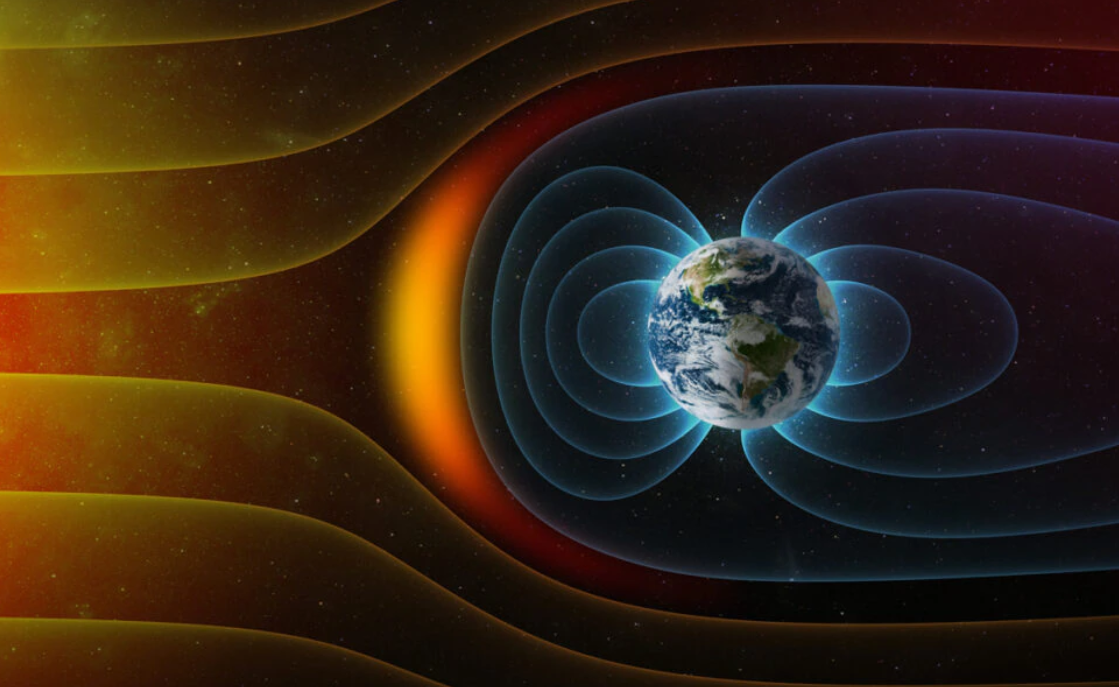Geomagnetic Pc1 Pearl Oscillations
Researchers have made a significant discovery regarding special continuous oscillations called Geomagnetic Pc1 pearl oscillations. These oscillations have been observed during the recovery phase of geomagnetic storms, and they play a vital role in measuring particle precipitation in the Earth’s magnetosphere.
Related GK & Current Affairs Points
- Geomagnetic Pc1 pearl oscillations are amplitude-modulated structured narrow-band signals that are signatures of low-frequency EMIC waves generated by resonant wave-particle interactions in the Earth’s magnetosphere.
- Geomagnetic storms cause a dent in Earth’s magnetic field protection, resulting in changes in plasma environment.
- Low-frequency waves called Electromagnetic ion-cyclotron (EMIC) wave instability are generated in the Earth’s magnetosphere.
- Geomagnetic Pc1 pearl oscillations are a proxy for measuring particle precipitation in the Earth’s magnetosphere.
- These oscillations play a significant role in the space weather within the Earth’s immediate environment.
- The research was conducted during two solar cycles, namely solar cycle 20-21 and the descending phase of solar cycle 24.
- The structures of Pc1 waves were investigated at two sites in India, namely Choutuppal (CPL, L = 1.03) and Desalpar (DSP, L = 1.07).
- A clear increase in the number of Pc1 waves was observed during the night compared to the day. This is due to the fact that the weakening of Pc1 waves during their transmission through the ionospheric waveguide to lower latitudes is less pronounced at night.
- The transmission rate of Pc1 waves to the equator was diminished during the solar maximum period compared to the solar minimum.
- At both stations, there was an opposite correlation between the frequency of Pc1 events during various seasons and years and the number of sunspots.
- The occurrence of Pc1 was observed to increase significantly in the recovery phase of geomagnetic storms.
- The understanding of radiation hazards to satellites and astronauts is important due to our high dependence on satellite-based communication systems.
Month: Current Affairs - May, 2023
Category: Science & Technology Current Affairs







